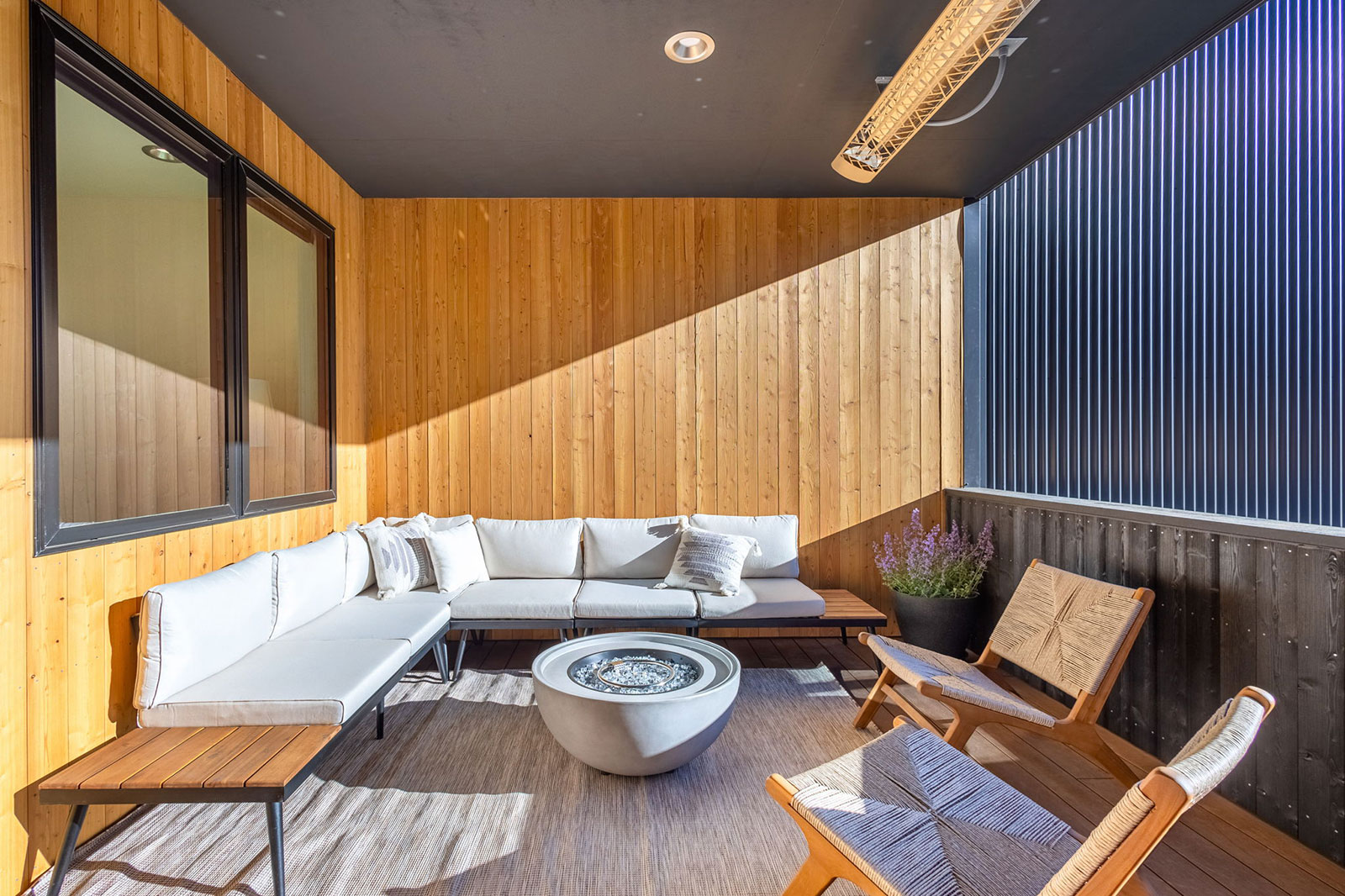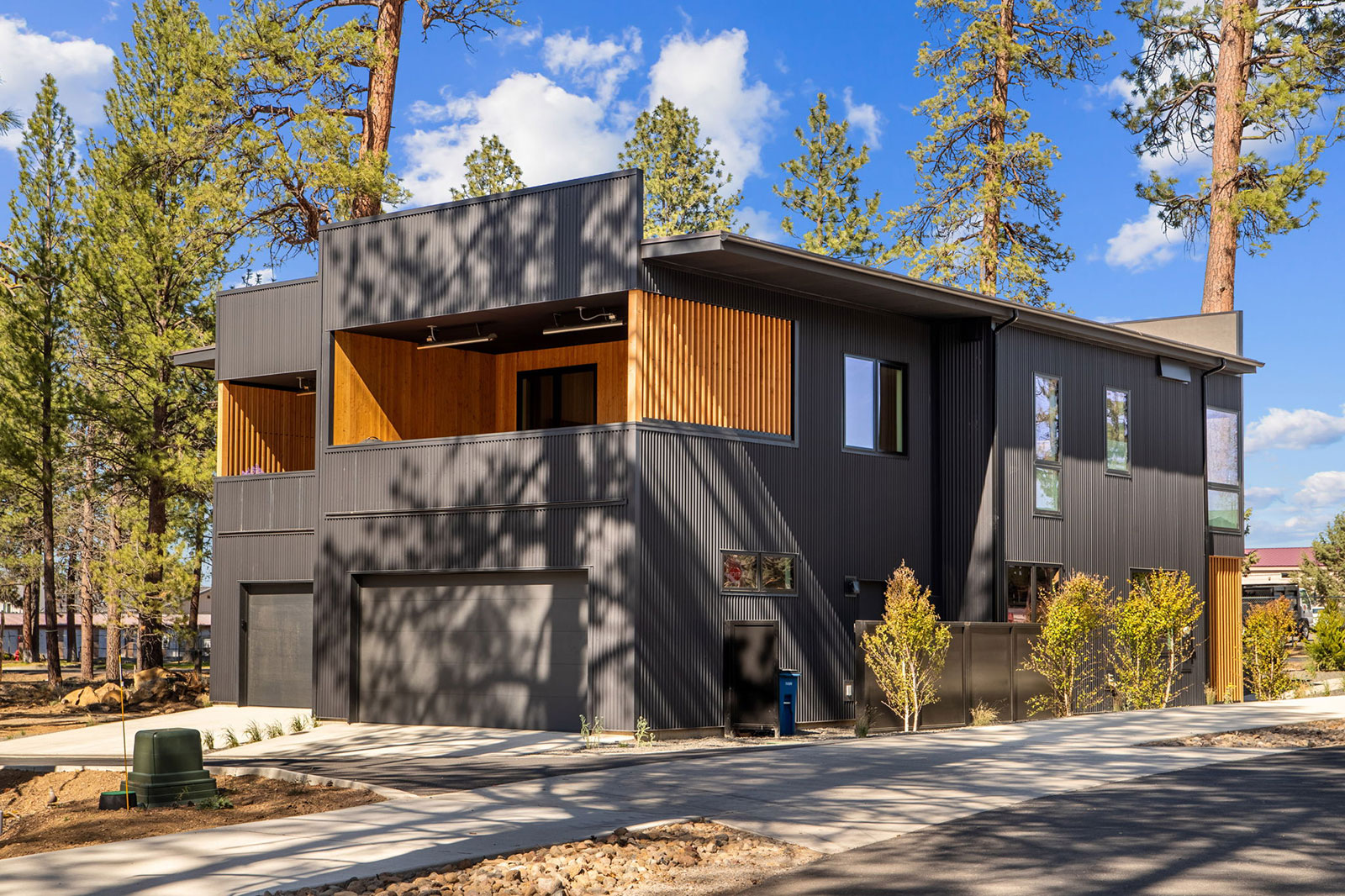
[All photos by Eamonn Walker]
There’s a common misconception when people think about moving to a rural community that in order to fully embrace country living, one needs the lonesome single-family house on the proverbial five or more acres of pastoral land. Think grazing livestock, barb-wire fences, a driveway encircling a giant tree, and an abandoned windmill creaking in the distance. You get the picture. It’s a fallacy that’s been dished up to the American public over decades of Hollywood caricatures and misleading design magazines with western living themes. And it’s as realistic as a spaghetti western.
This illusion of country living doesn’t work for several very down-to-earth reasons. First, when everyone lives on multiple acre parcels, everything is spaced out to such an extent that vehicles are necessary for every aspect of daily life. There’s no walkability and there’s no bumping into your neighbors without first driving somewhere. Second, the cost of infrastructure and utilities necessary to serve these spread-out homes can’t keep up with the expanse—these utilities require constant new sprawl to finance the previous sprawl. And, in an ironic twist, the expense and government-led intervention required for these stand-alone homesteads is astronomical, further shattering the self-reliant myth of the up-from-your-own bootstraps of the American western family homestead. Third, the footprint of this type of development is environmentally harmful—all of that acreage could benefit so many other purposes. And last, but certainly not least, is the cost: a typical five-acre, build-ready parcel of land in a place like Central Oregon starts at around $400K, and then there’s a house to design, permit, and build. Your simple country home is now a multi-million dollar undertaking.
There’s a new wave of rural communities being developed that solve each of the aforementioned issues, all while preserving the very environment that attracts people to these areas in the first place. With knowledge of the context and some thoughtful design, cottage communities with shared landscapes and rural townhomes are just as possible in the country as they are in the city. We’ve discussed rural cottages at great length and we’ve also previously touched on townhomes as part of the great reshuffling of many Americans during the pandemic.
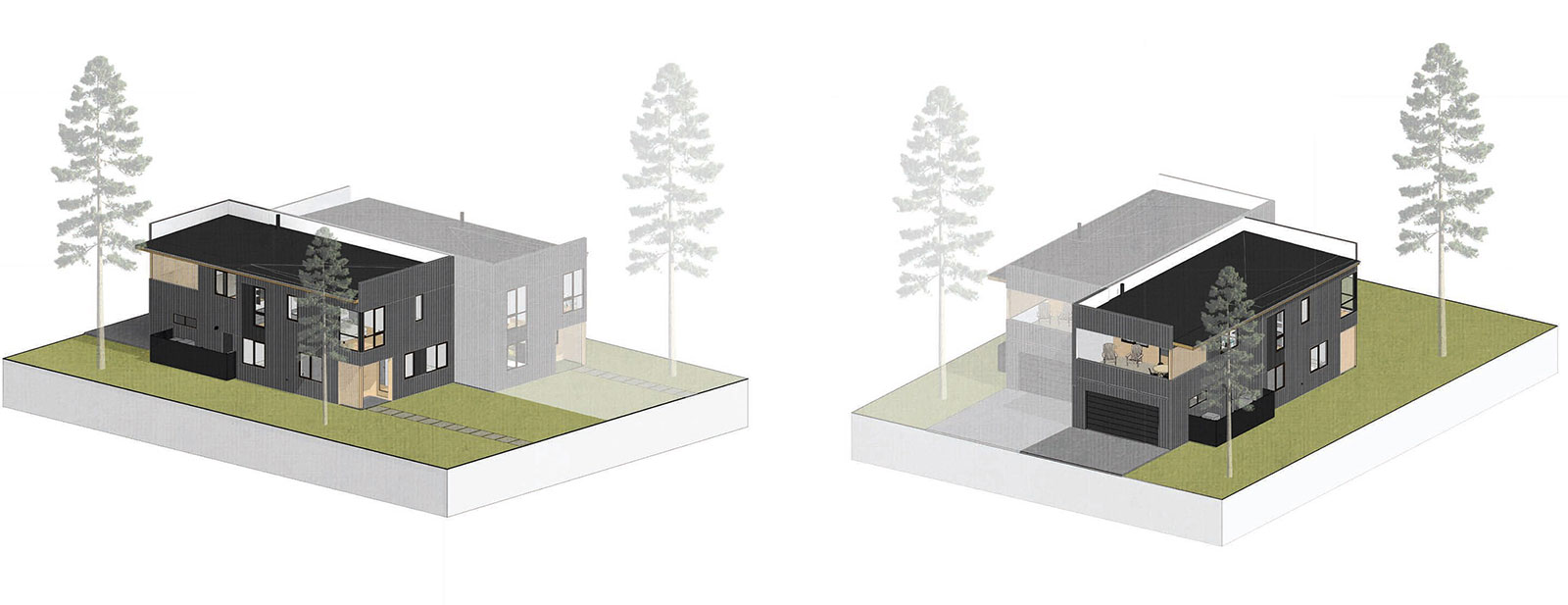
More, just recently the first rural townhomes were completed in Sisters, Oregon. They are cost-effective, practical, and an easy walk to town. With the model proven, and the first pair now occupied, we’re experimenting with this prototype for several other rural locations. With these townhouses, there is an important list of criteria to consider, some similar to their urban counterparts, and some slightly different.
Preserve the trees. One of the primary reasons people move to rural locations is for the natural environment; due to the tidy footprint and flexible design, the density of these townhomes maximizes this preservation. BUILD’s master planning services on this project included mapping significant trees, carefully considering right-of-ways, alley substitutions, location of open space, etc. In the end, more trees were preserved than removed. Further, during infrastructure (deep sewer, water, electrical services, roads, etc.), great care was taken to work around the trees and their root structures. Each pair of Sisters Woodlands townhouses were designed to slide into their adjacency to one another and on the parcel, allowing the building footprint to protect beautiful, mature ponderosa pines on each property.
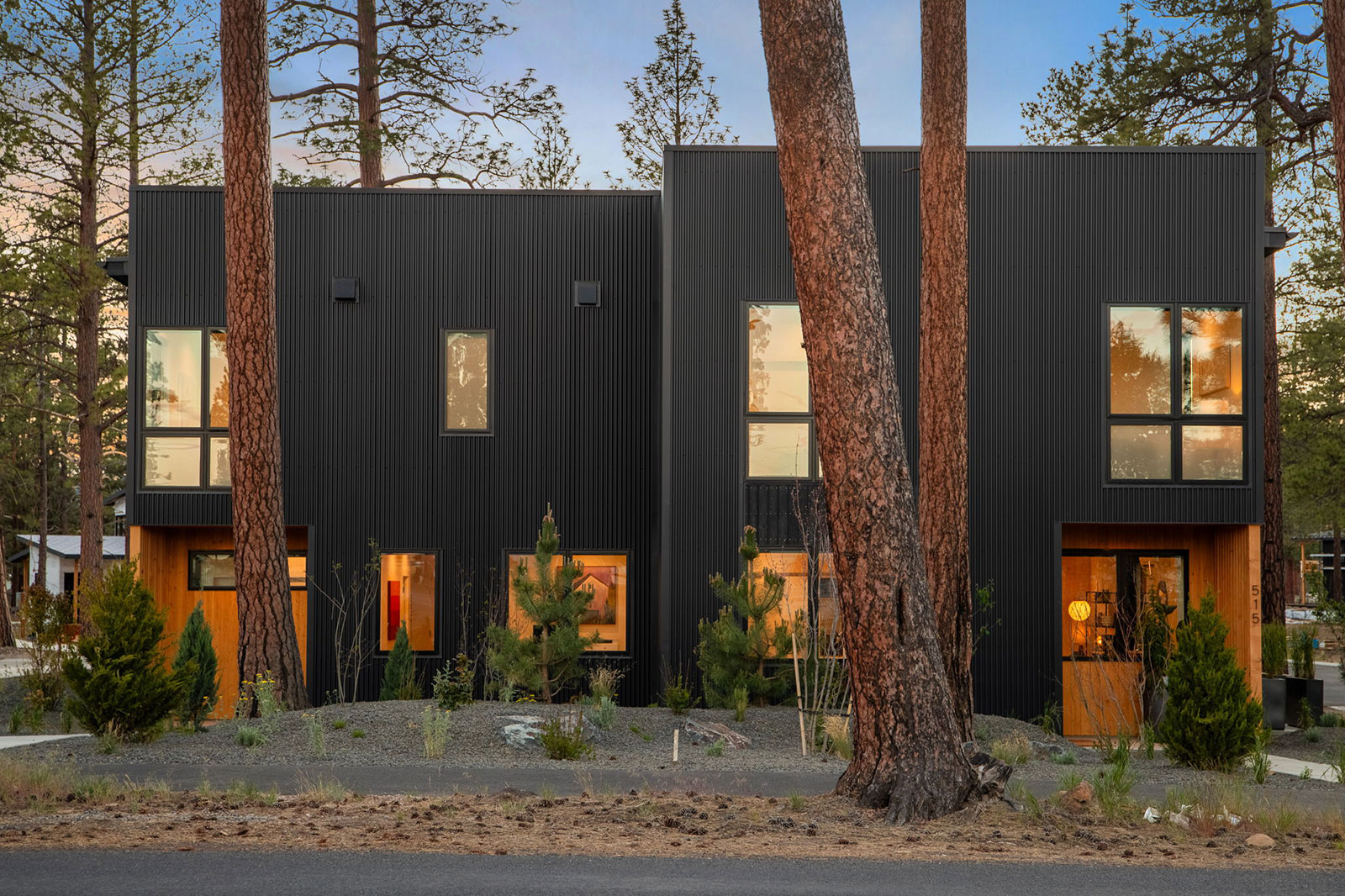
Situate terraces to enjoy the tree canopy. The forest of trees that was preserved at the Sisters Woodlands community creates the perfect opportunity for upper level terraces to experience the tree canopy, and the various stages of natural light filtering through it throughout the year. These terraces were thoughtfully designed as part of each home to optimize natural light, view, and privacy.
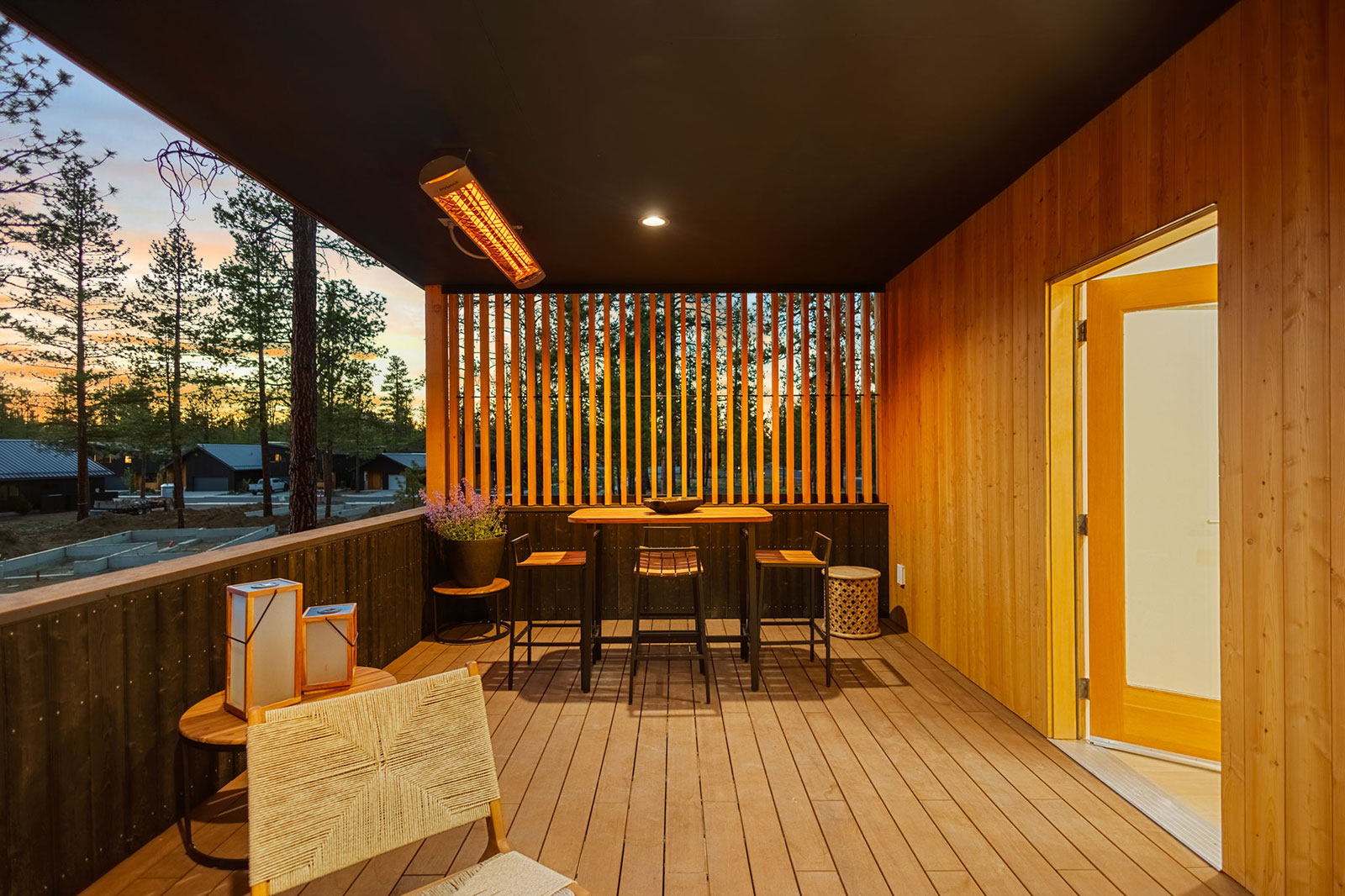
Smart landscapes. When designed correctly, tidy parcels can be made to offer big experiences. By taking care to preserve trees and integrate berms (elevated planting areas), smaller parcels can still have layered landscaping, which enhances privacy. Further, by specifying the correct mix of native plants and placing them thoughtfully, very minimal irrigation is needed to establish and fill out the landscape experience. Besides feeling integrated into the local environment, this approach provides ground floor patios that can offer pleasant outdoor experiences without requiring acres of land between neighbors. It’s as simple as quality over quantity.
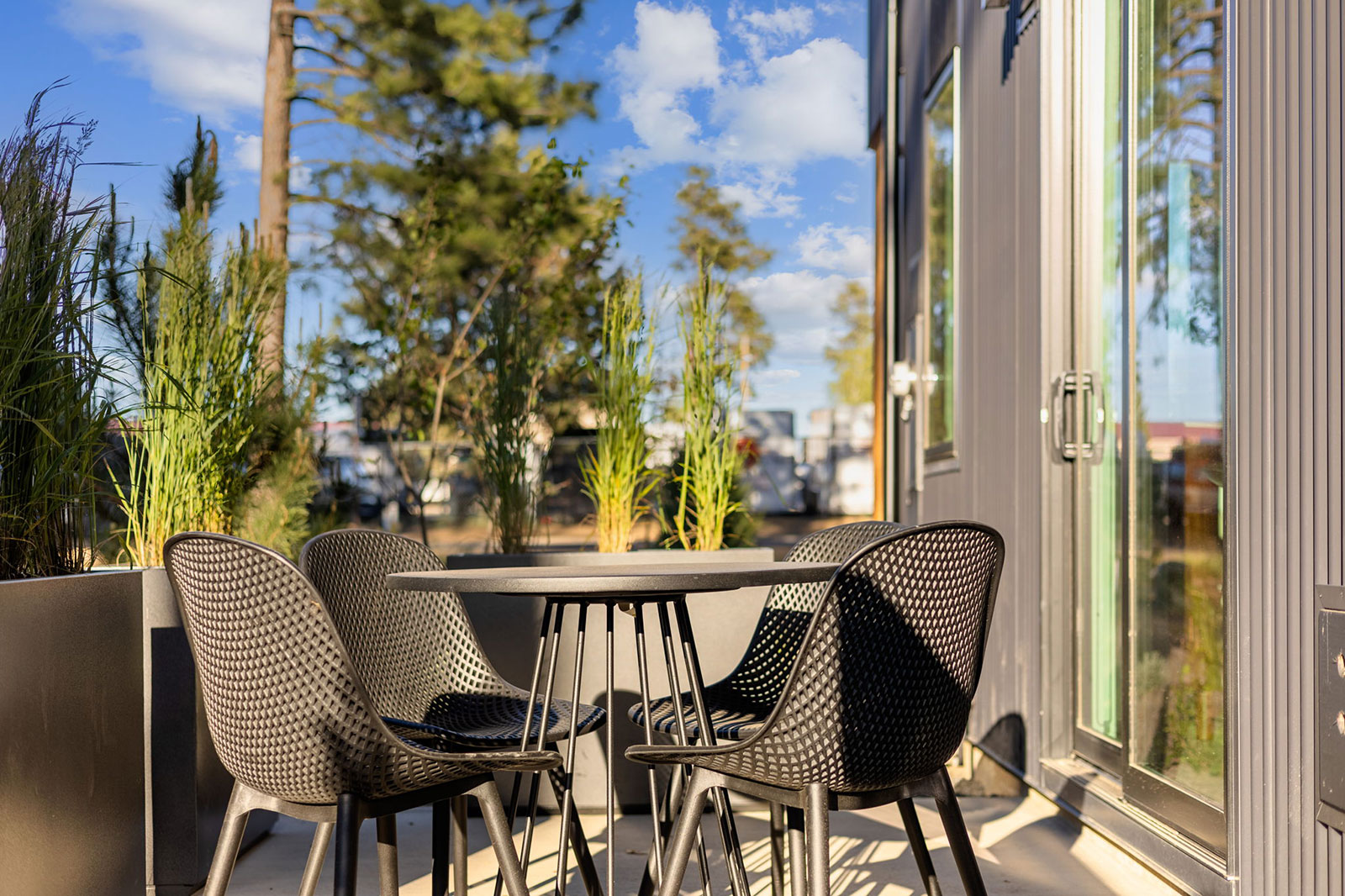
Building up rather than out. Stacked, efficient floor plans are where the townhouse models excel, and going up saves a great deal of land and budget as opposed to going out. There are still residual concerns for some folks given previous experience with poorly designed and constructed townhomes—old versions were dark and poorly laid out, they didn’t provide robust sound isolation along their shared wall, didn’t have adequate (or easy-to-access) off-street parking, etc. In the case of Woodlands townhomes, these previous shortcomings were fully addressed. The most important functions for daily living have ample light from three sides, and non-essential rooms (powder rooms, pantries, storage, utilities) were intentionally placed along the shared wall; we refer to this as a warm wall—due to its separation from the adjacent unit, not even an air siren could pierce it (we tested just that). And, in rural Oregon, for the plus size trucks and sprinter vans that may be too large for our generous garages, we have provided adequate driveway for their girth.
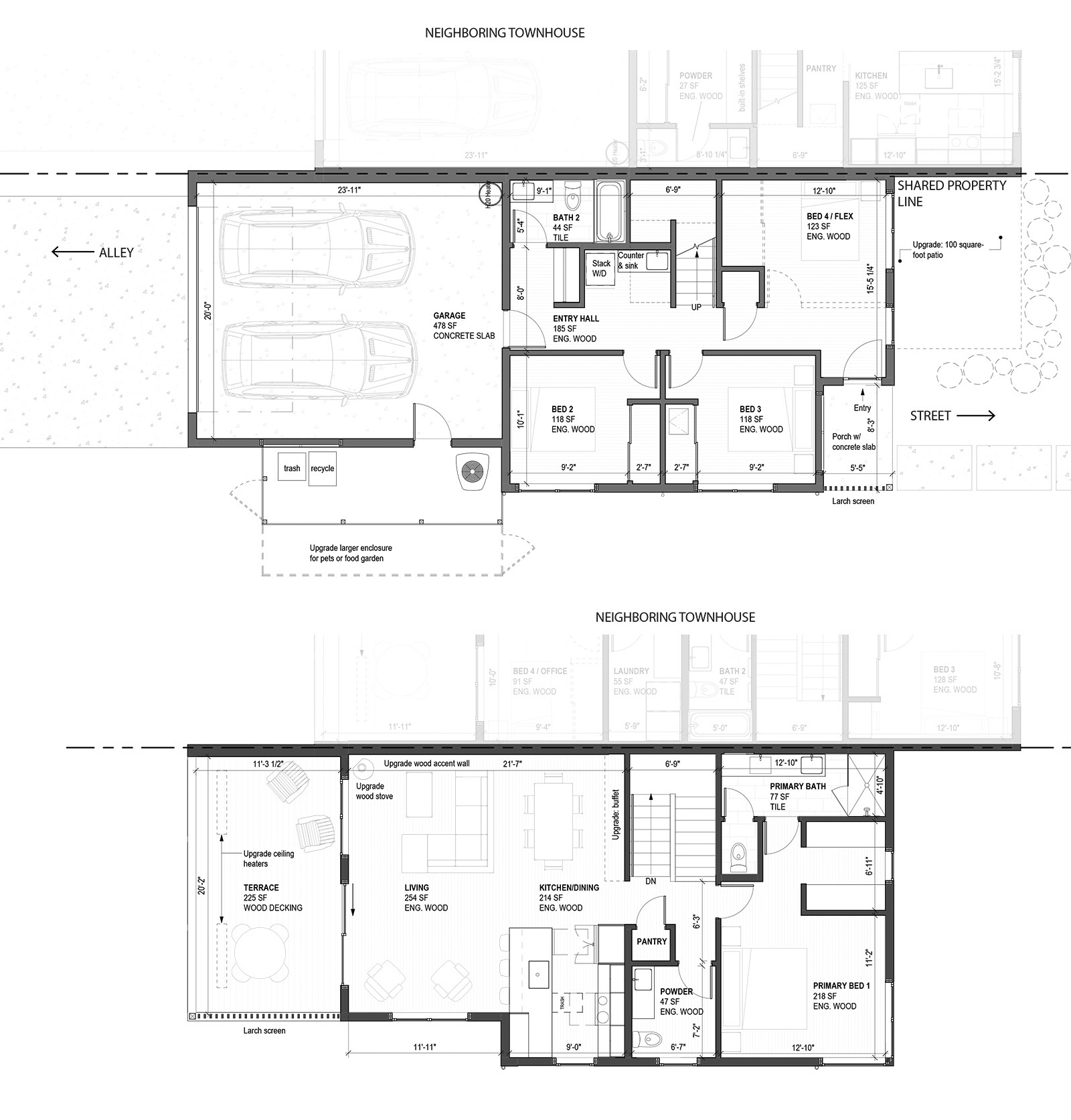
Strategically located warm walls. Further adding to the financial, environmental, and energy efficiencies, each pair of townhouses shares a warm wall, which reduces the budget of each townhome by placing all of the windows and siding on the longest wall of the house. As previously alluded to, on the inside, bathrooms, closets, and garages are organized along the warm wall—essentially all the functions of a home that don’t need windows anyway.
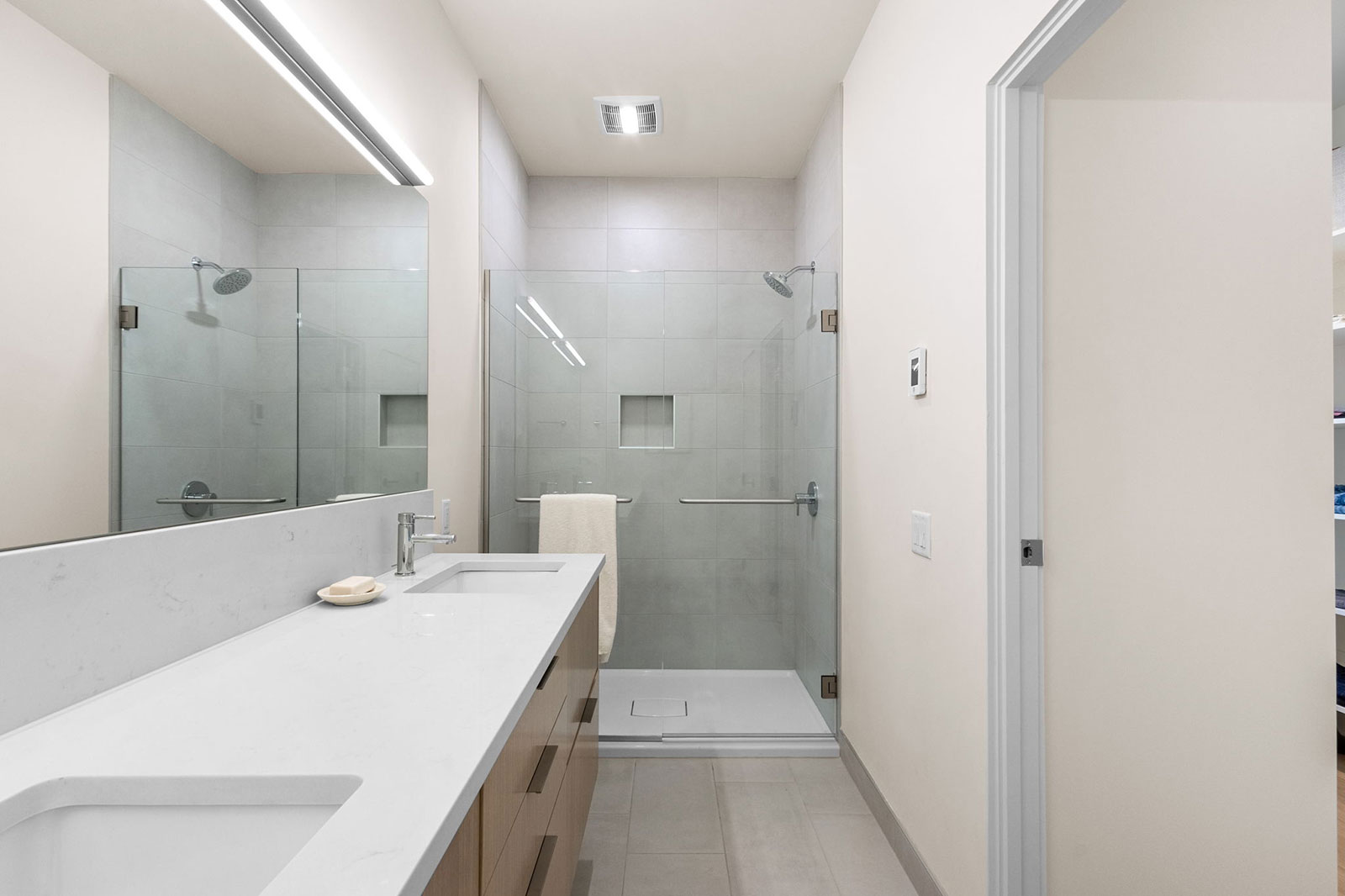
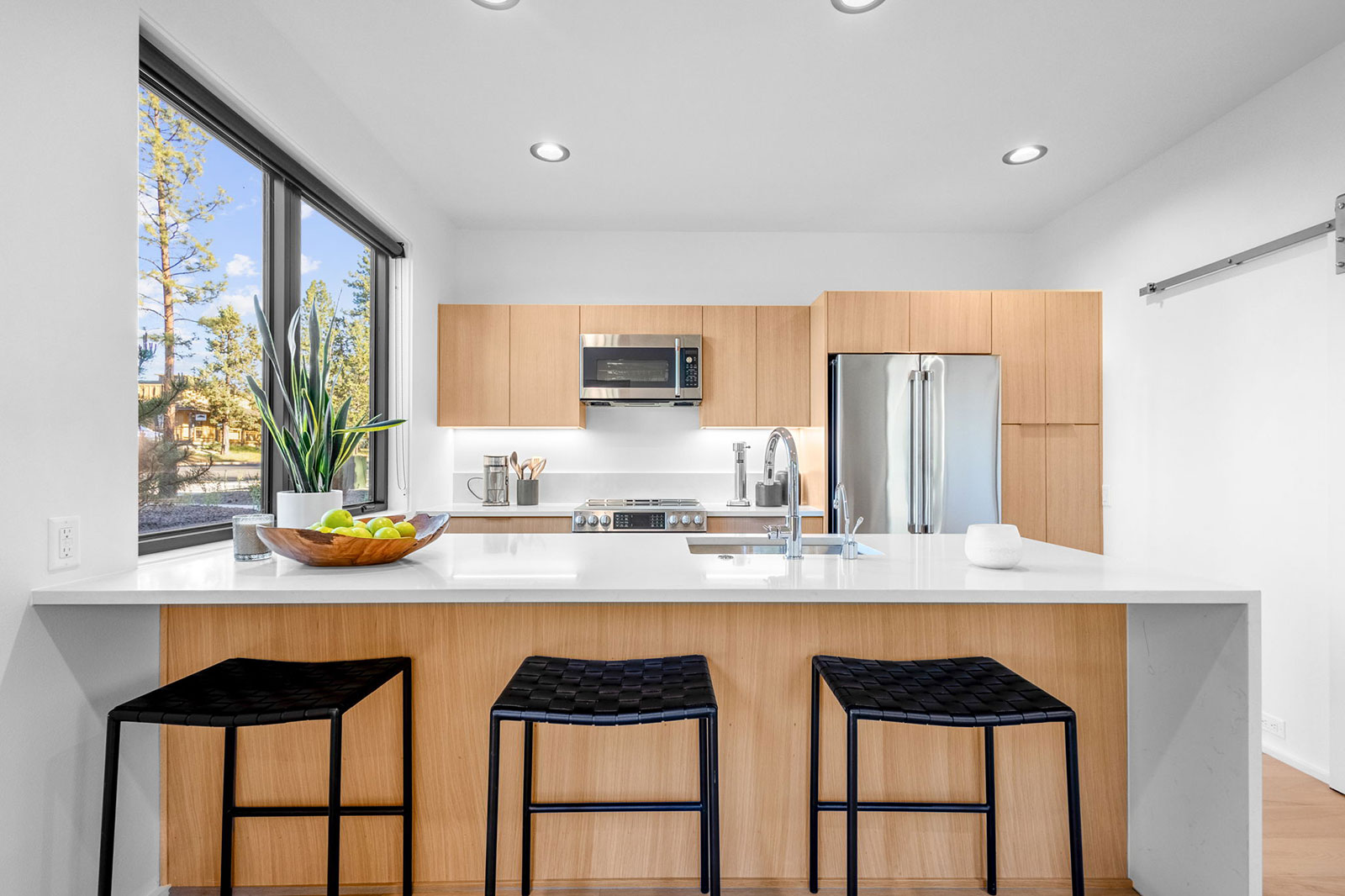
Modern amenities in the country. The benefit of a new building in a mature forest is that it can be thoughtfully designed with all of the modern amenities of a city house. This includes sleek, efficient appliances in the kitchen, a sophisticated material palette, and bathrooms that are designed like spas. Country modern touches like wood stoves and textured feature walls were added to remind homeowners that just outside their front doors are national forests, spring fed rivers, and skiable mountains.
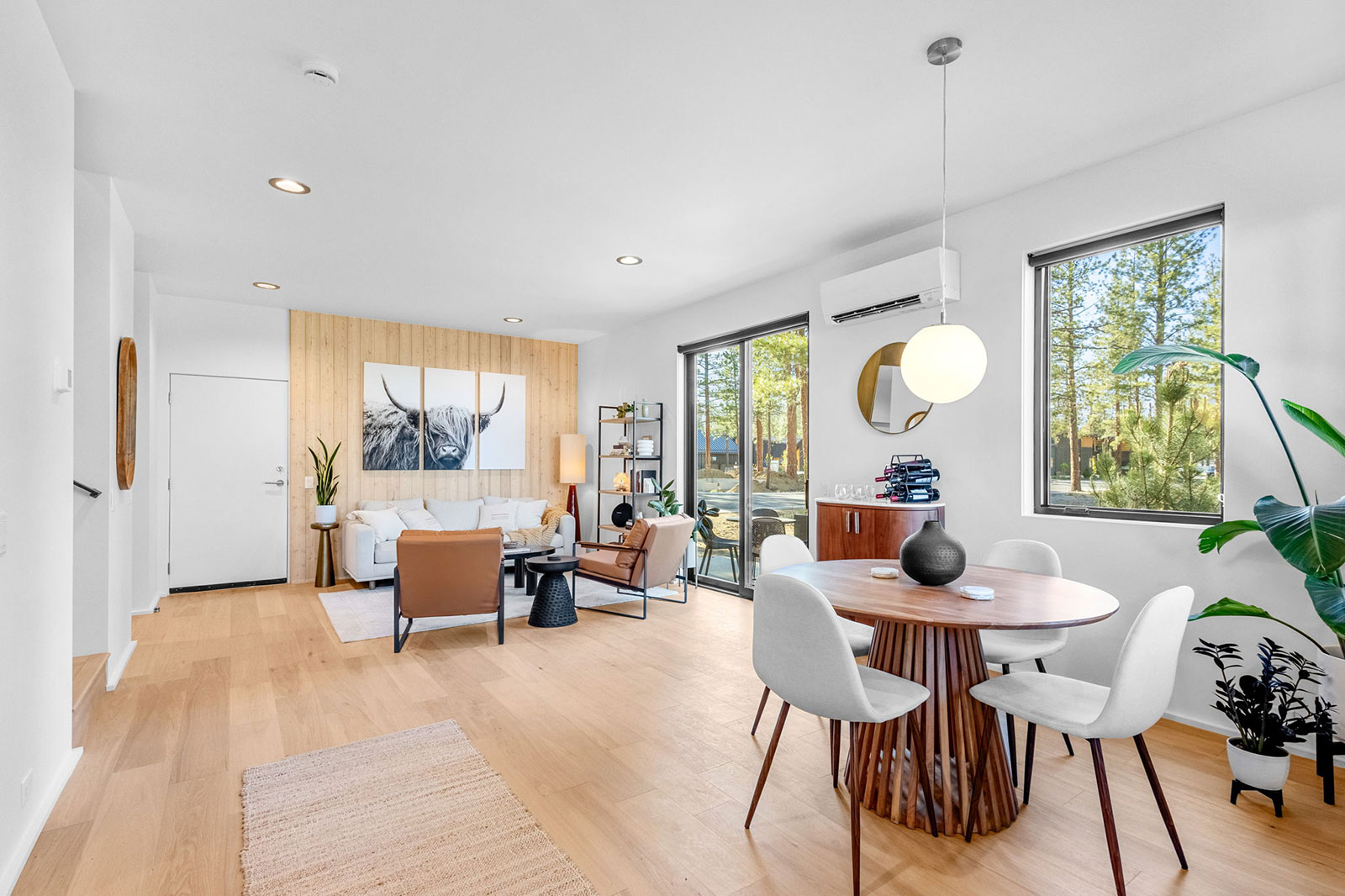
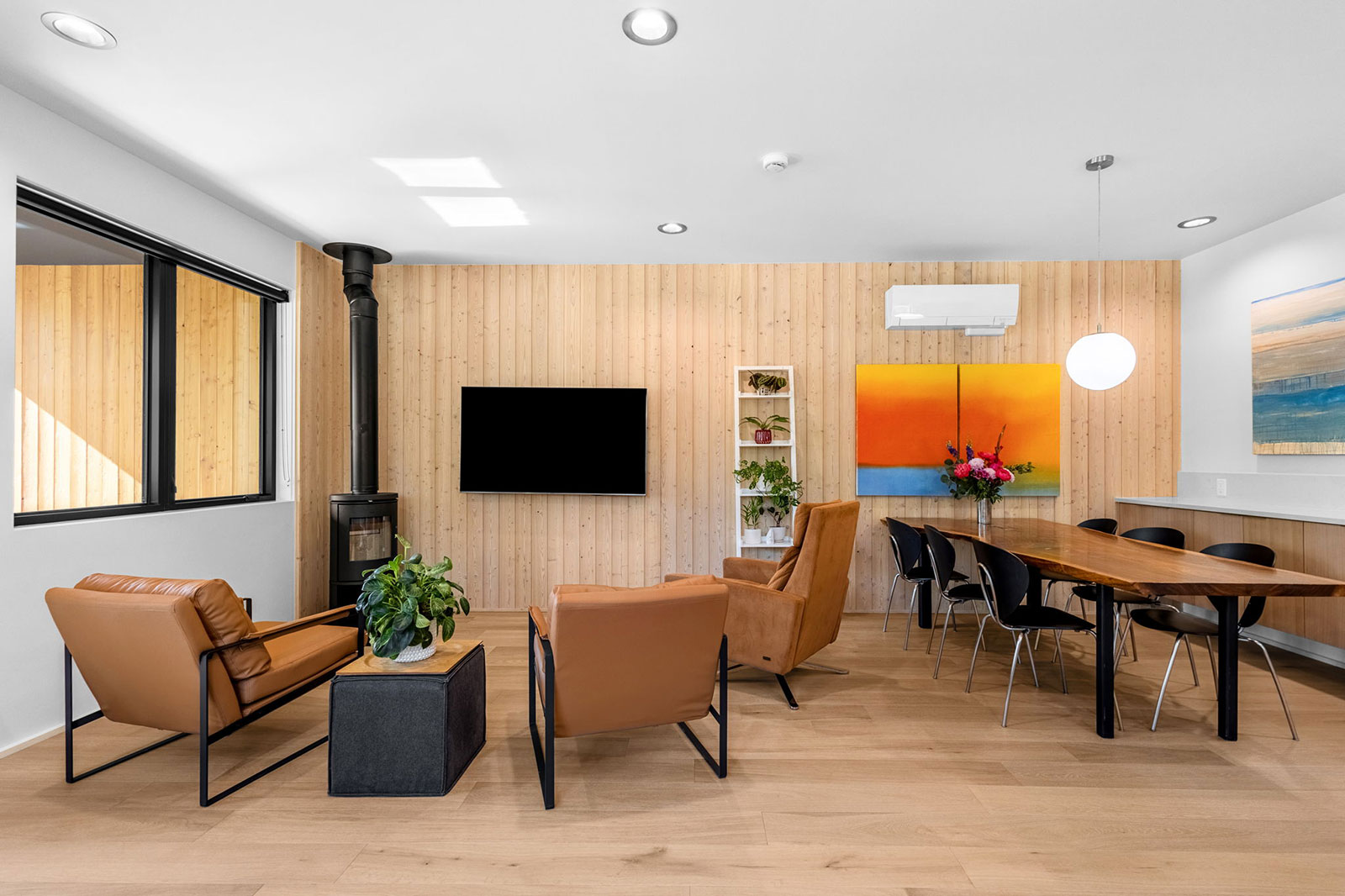
The adventure of designing, permitting, and now building rural townhomes has been challenging, but extremely gratifying. With the model now in production, and more on the way, we’ll continue to field test the built product and refine the design drivers above. Stay tuned for more coverage. And if you find yourself in Sisters, Oregon, go kick the tires on a rural townhouse.
Cheers from Team BUILD
